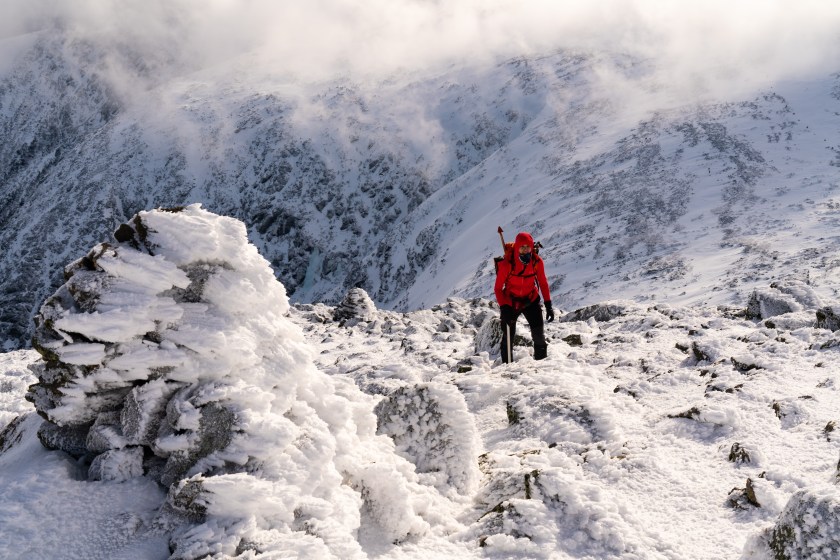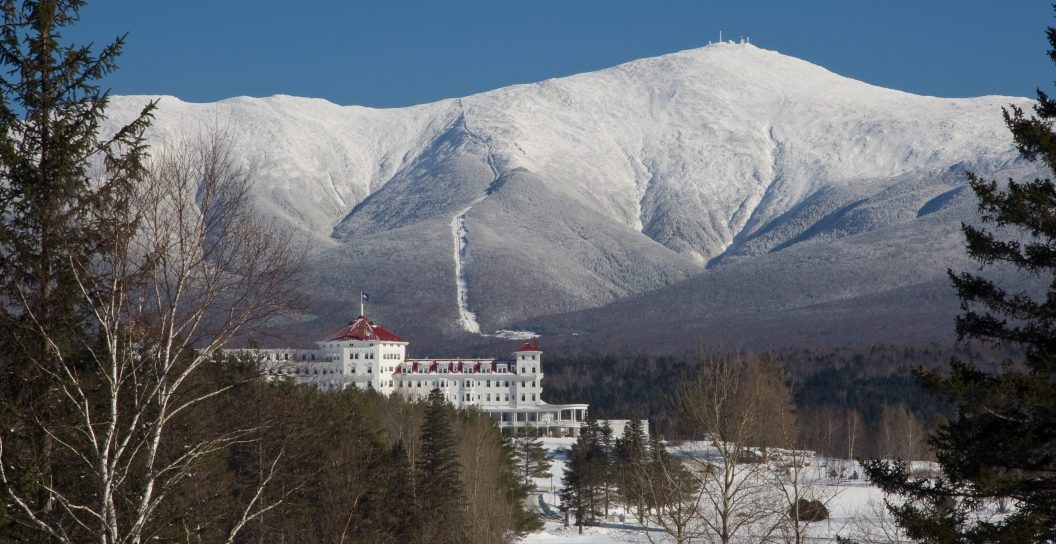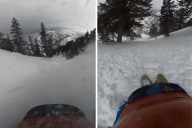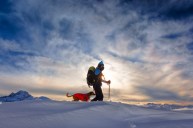It was a dangerous weekend for winter mountain recreation in New Hampshire's popular White Mountains with one death and three injuries in just two days. Tragically, a 20-year-old backcountry skier died Saturday after falling 600 vertical feet down a ravine on Mount Washington.
Madison Saltsburg was skiing on the mountain on icy snowpack with a companion on Saturday, March 9, when she fell down Tuckerman Ravine roughly 600 feet, and suffered fatal traumatic injuries, according to a U.S. Forest Service press release. The Pennsylvania-born Saltsburg was a junior at University of Vermont where she was a member of the Army Reserve Officers' Training Corps, reported Boston's NBC10.
A Mount Washington Avalanche Center team responded to the location where the young woman fell, working until dark to retrieve her body from the mountain while fighting increasingly difficult weather; heavy snow and high winds hindered their efforts.
"The snow rangers and emergency personnel were up there late last night," Colleen Mainville, a spokesperson with the U.S. Forest Service, told local PBS station WBUR. "They're exhausted."

Getty Images, Issac Shiffman
Mount Washington, located in the White Mountain National Forest, is a popular skiing, snowboarding, and hiking destination, seeing more than 250,000 visitors yearly. It sits at 6,288 feet, making it the tallest peak in the Northeast and rewarding climbers with unparalleled views on clear days. Despite its popularity, the area can be treacherous. Tuckerman Ravine's steep slopes and cliffs are often covered in snow and ice with sheer drop-offs. This tough terrain is subject to avalanches, and injuries are common. The U.S. Forest Service said that the outcome of a fall at the ravine can be "dire."
"Throughout the year, this very steep ski mountaineering terrain and other areas around Mount Washington are subject to ever-changing mountain hazards," the U.S. Forest Service said. "These commonly include avalanches, open crevasse holes, icy steep slopes, and falling rocks and ice."
Two additional skiers were injured on the mountain on Saturday, requiring Forest Service rangers assistance. However, those injuries were not life-threatening.
The night before, a 23-year-old hiker was rescued after venturing off trail and falling to land in the Ammonoosuc Ravine. "While descending into the ravine, [Joabe] Barbosa of Georgetown, Kentucky fell and hit his head and face, lost one of his sneakers, and eventually became hypothermic," New Hampshire Fish and Game officials said in a press release.
Officials attribute the number of falls to the peak's tricky weather. "I think over the course of the week, we lost about 13 inches of snow in the snowpack," said Jeff Fongemie of the Mount Washington Avalanche Center to Vermont's WCAX CBS3. "It was warm, we had some rain... Temperatures dropped and it got cold, and it froze, and kind of became a firm surface."
The U.S. Forest Service urges visitors to be careful in icy and avalanche-prone areas. Hikers should carry an ice axe or use crampons, along with a helmet. All visitors should carry an avalanche beacon, probe, shovel, and navigation tools. They also should always check mountain conditions before heading out to the mountain.




